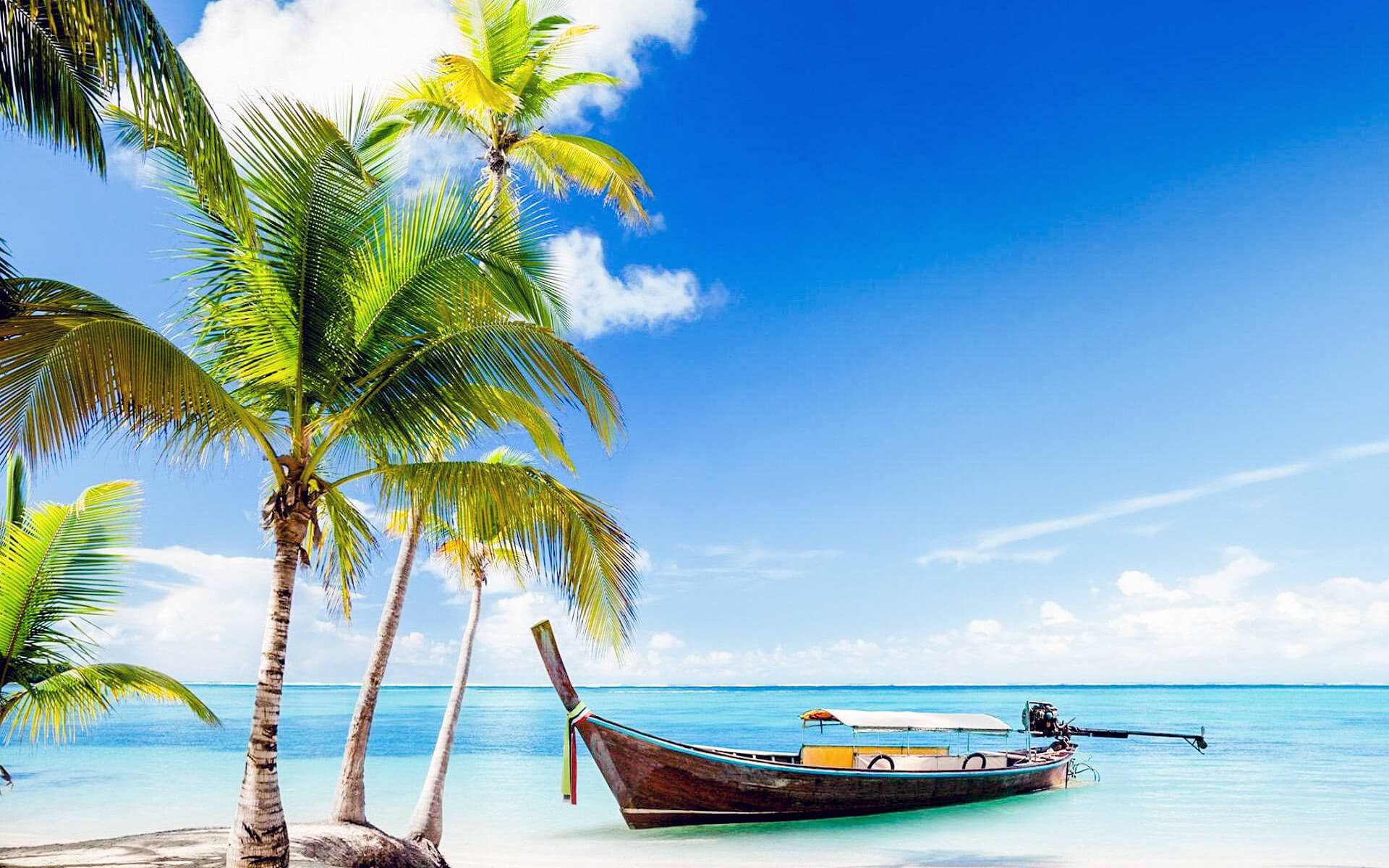Phuket is Thailand’s largest island, located in the Andaman Sea in southern Thailand. The island is largely mountainous, with a mountain range running from north to south in the west. Phuket’s mountains comprise the southern end of the Phuket mountain range, which extends 440 kilometers (270 miles) from the Kra Isthmus.
Although some newer geographical publications refer to the Tenasserim Hills areas in the isthmus as the “Phuket Range,” these titles do not appear in classical geographic texts. Furthermore, the name Phuket is very new, having previously been known as Jung Ceylon and Thalang. Khao Mai Thao Sip Song (Twelve Canes) is the greatest height on the island, at 529 metres (1,736 ft) above sea level. However, barometric pressure measurements have shown that there is an even higher height (with no apparent name) of 542 meters above sea level in the Kamala hills beyond Kathu waterfall.
Its population was 249,446 in 2000 and 525,709 in the 2010 decennial census, representing the fastest yearly growth rate of any province in the country at 7.4 percent. Currently, 600,000 people live on Phuket, including migrants, overseas expats, Thais registered in other provinces, and natives. The registered population, on the other hand, comprises only Thais who are registered in a ‘tabien baan’ or home registration book, which the majority are not, and it stood at 360,905 at the end of 2012.
Phuket is located roughly 863 kilometers (536 miles) south of Bangkok and has a total size of 543 square kilometers (210 square miles) excluding tiny islands. If all of Phuket’s outlying islands were included, the total size would be around 576 square kilometers (222 square miles). Ko Lone is 4.77 square kilometers (1.84 sq mi), Ko Maprao is 3.7 square kilometers (1.4 sq mi), Ko Naka Yai is 2.08 square kilometers (0.80 sq mi), Ko Racha Noi is 3.06 square kilometers (1.18 sq mi), Ko Racha Yai is 4.5 square kilometers (1.7 sq mi), and Ko Sire is 8.8 square kilometers (1.7 sq mi) (3.4 sq mi).
The island is 48 kilometers (30 miles) long and 21 kilometers wide from north to south (13 mi).
Mountains occupy seventy percent of Phuket’s land area, stretching from north to south. The remaining 30% is made up of plains in the island’s middle and eastern regions. It features a total of nine brooks and streams but no big rivers.
Sixty percent of the island is covered in forest, rubber, and palm oil plantations. There are various sandy beaches on the west coast. The beaches on the east coast are more often muddy. A famous viewpoint is Laem Promthep (“Brahma’s Cape”), which is located at the southernmost point. The Khao Phra Thaeo No-Hunting Area, located in the island’s hilly north, protects more than 20 km2 of rainforest. This reserve’s three tallest peaks are Khao Prathiu (384 metres (1,260 ft), Khao Bang Pae (388 metres (1,273 ft), and Khao Phara (422 metres) (1,385 ft). The Sirinat National Park on Thailand’s northwest coast was created in 1981 to preserve a 90-square-kilometer (35-square-mile) region (68-square-kilometer (42-square-mile) maritime area), including the Nai Yang Beach, where sea turtles lay their eggs.
Patong Beach on Phuket’s central west coast is the most popular (and busiest) tourist location, maybe due to its easy access to its vast and long beach. Patong is home to the majority of Phuket’s nightlife and shopping, and the region has grown in popularity. Patong translates to “banana leaf forest” in Thai. South of Patong, you’ll find Karon Beach, Kata Beach, Kata Noi Beach, and, towards the island’s southern edge, Nai Harn Beach and Rawai. Kamala Beach, Surin Beach, and Bang Tao Beach are located to the north of Patong. In general, these places are less developed than Patong. Bon Island lies to the southeast, while other coral islands are to the south. To the northwest are the Similan Islands, while to the southeast are the Phi Phi Islands, which are part of Krabi province.


